
Gari Processing: Equipment Required and Techniques
September 28, 2020, 3:48 pm
Cassava processing lends itself to mechanization for several products such as dried chips, flour, starch and gari. Of all these cassava products, gari is the most produced.
Gari Processing: Equipment Required and Techniques
Gari is a popular food in West Africa and in South America, where it is known as farinha de mandioca. Chips are made by a chipping machine, which usually consists of a large, vertical wheel with coarse serrations or blades on the surface against which the cassava root is held in order to cut off suitably sized pieces ready for drying. This is a simple machine, often locally made, which can be operated by hand, pedal or motor.
There are also machines made for gari production. The cassava crop is washed, peeled, grated, fermented, pressed to remove water, roasted, sieved and packaged. A range of simple tools and equipment can multiply output considerably.
Soil particles are washed off in concrete tanks with running water. The roots are still cleaned by hand, even at quite large factory scale. Attention should always be paid to good seating, correct worktable heights and ensuring regular supply and removal of the peeled roots.
The knife used to peel the cassava roots should be sharp and of medium length with a good handle, sturdy enough to withstand the constant twisting necessary to lever off the thick peel. The peeled roots can be washed again, in order to remove any soiling from peeling, although this is not always done. The peeled roots can be grated, using one of a range of techniques that yield a good-quality mash. These include the common motor- driven hammer mill, locally made drum graters or even manual graters.
The resulting mash is left to ferment for three to five days in non-corroding containers such as polypropylene sacks, fibre glass drums, wooden boxes or stainless steel tanks; the choice affects the investment cost significantly, although the final product is not so different.
The mash is then pressed to remove the water. At the micro processing level, this can be done inexpensively with a simple lever system of ropes andwooden beams, or with a more elegant screw or hydraulic press. The latter are usually based on lorry jacks and are therefore readily available and cheap to buy. The cassava mash that comes from the pressing stage is in the form of a cake, which has about 50 percent moisture content and needs to be broken up. Screens, sticks or simple scrapers can be used to dothis before it is placed in a roasting pan for preparing and drying the gari.
In this process, the starch gelatinizes into a hard, dry powder, which can be stored for up to a year.
Roasting can be done in a small bowl or pan for domestic use, but larger bowls are easily managed. At the micro processing scale, large flat pans 2-3 m long can be mounted on concrete blocks over a fire, which creates a large, easily managed gari processor. The drying can be done in the same large pan by raking the powder to a cooler part of the pan. These large flat pans can be used to produce up to 500 kg of gari per day.
To see how all these opreations are performed, check out our Cassava Processing video tutorials.
And if you want to know about the business of cassava farming and processing, purchase our cassava farming business plan that will show you how to farm cassava and process into gari, flour, starch, chips and so much more!

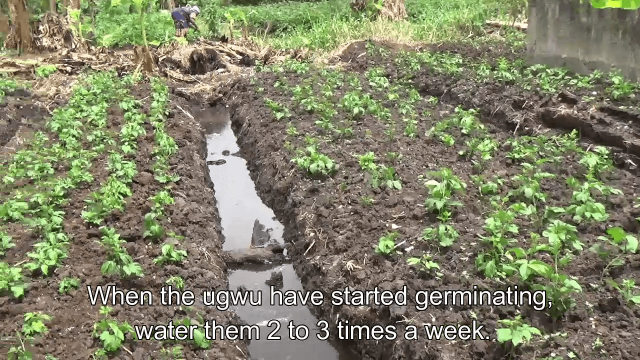

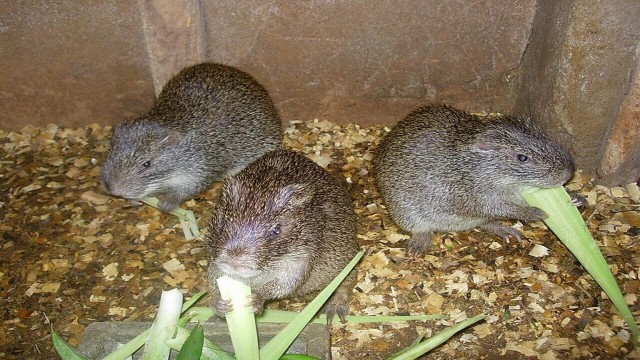
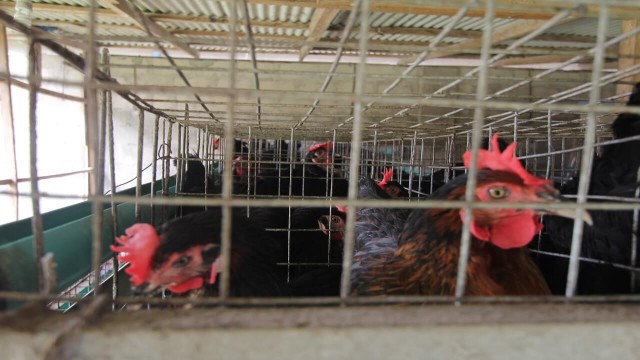


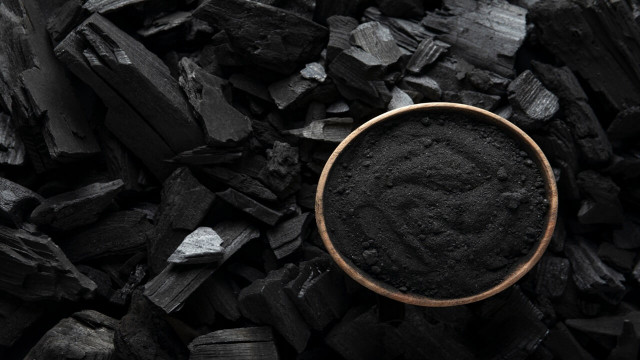
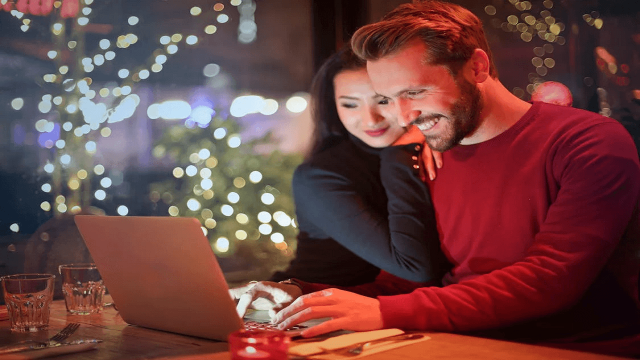

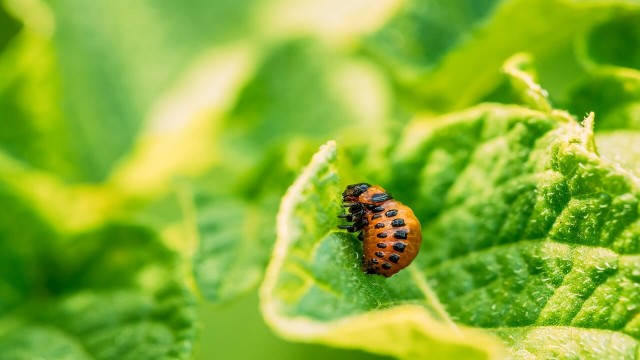

Share This Article: